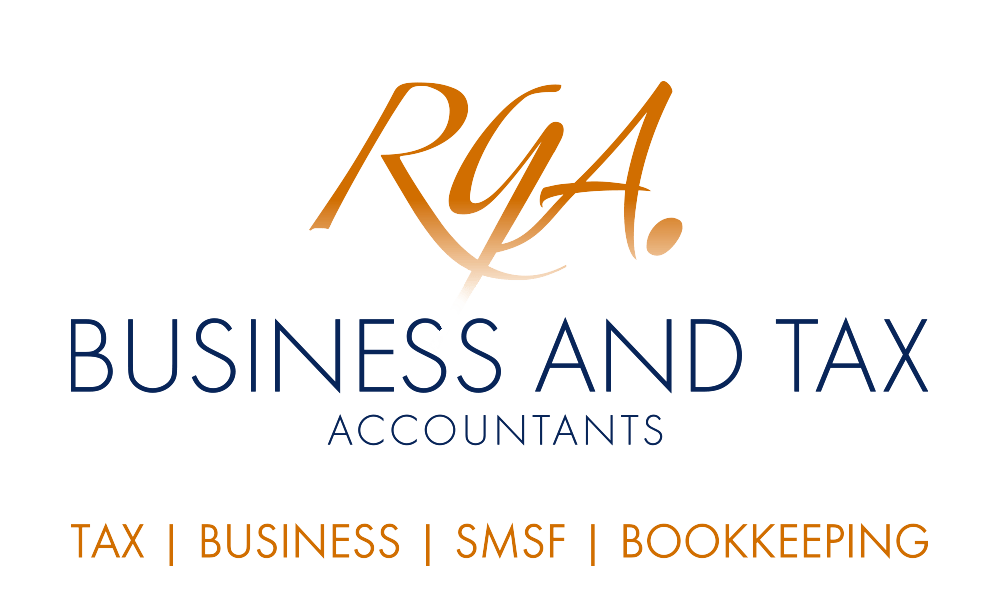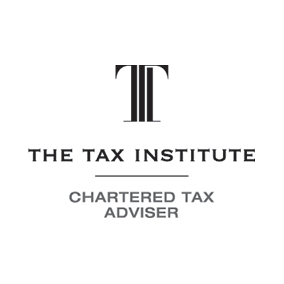10 Steps For Improving Your Business Sales

A critical capability for any business is the ability to sell their products/services effectively. Where can you improve your sales skills?
Here are 10-steps for improving your business sales:-
Step 1: Understand your target market. Identify your ideal customer profile and understand their needs, pain points, and buying behaviours. This will help you tailor your sales approach and messaging to resonate with your target audience.
Step 2: Refine your value proposition. Clearly articulate the unique value your products or services offer. Highlight how they solve customer problems or fulfill their desires. A compelling value proposition will differentiate you from competitors and attract more sales.
Step 3: Train your sales team. Invest in comprehensive sales training for your team. Equip them with the knowledge, skills, and techniques needed to effectively engage with prospects, overcome objections, and close deals. Ongoing training ensures continuous improvement.
Step 4: Optimize your sales process. Review your sales process and identify areas for improvement. Streamline the steps, eliminate bottlenecks, and ensure a smooth customer journey from initial contact to final purchase. Make it easy for customers to buy from you.
Step 5: Leverage technology. Utilize sales automation tools, customer relationship management (CRM) systems, and analytics to streamline your sales operations. These tools can help you track leads, manage customer interactions, and gain valuable insights for better decision-making.
Step 6: Nurture leads. Implement a lead nurturing strategy to stay top-of-mind with potential customers. Provide valuable content, personalized communication, and targeted offers to build trust and keep prospects engaged until they are ready to make a purchase.
Step 7: Enhance customer experience. Deliver exceptional customer experiences at every touchpoint. Provide prompt and helpful support, listen to customer feedback, and go above and beyond to exceed expectations. Happy customers become loyal advocates and repeat buyers.
Step 8: Implement upselling and cross-selling. Maximize revenue from existing customers by offering complementary products or upgrades. Identify opportunities to upsell or cross-sell during the sales process or through targeted marketing campaigns.
Step 9: Analyze and optimize. Regularly analyze your sales data to identify trends, patterns, and areas for improvement. Use this information to refine your sales strategies, adjust pricing, target new markets, or launch new products that align with customer preferences.
Step 10: Foster customer referrals. Encourage satisfied customers to refer your business to others. Implement a referral program, offer incentives, and actively ask for referrals. Word-of-mouth recommendations are powerful and can significantly boost your sales.
Ready to take your business sales to the next level? Follow these 10 steps to improve your sales strategy, engage with customers effectively, and drive revenue growth.
If you want to do more work on this to improve your business sales, we have a FREE 5 minute diagnostic tool to identify the top 3 areas that are working well and top 3 areas you need to work on to improve your sales ability. You will also have the ability to see how you compare to the global benchmark (average scores of all completed diagnostics) on each of the 10 factors. You will be presented with your results immediately after clicking 'Submit' at the end of the diagnostic. Click here to complete this FREE diagnostic.
Need Help with your Business, Bookkeeping, Tax or SMSF requirements?
If you would like a little help, please get in touch with us for assistance. We can help with your business, bookkeeping, tax and SMSF requirements.
Please also note that many of the comments in this publication are general in nature and anyone intending to apply the information to practical circumstances should seek professional advice to independently verify their interpretation and the information’s applicability to their particular circumstances. Should you have any further questions, please get in touch with us for assistance with your SMSF, business, bookkeeping and tax requirements. All rights reserved. Brought to you by RGA Business and Tax Accountants. Liability Limited by a scheme approved under Professional Standards Legislation.















